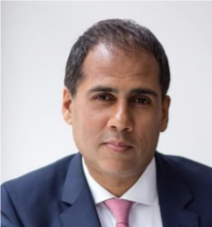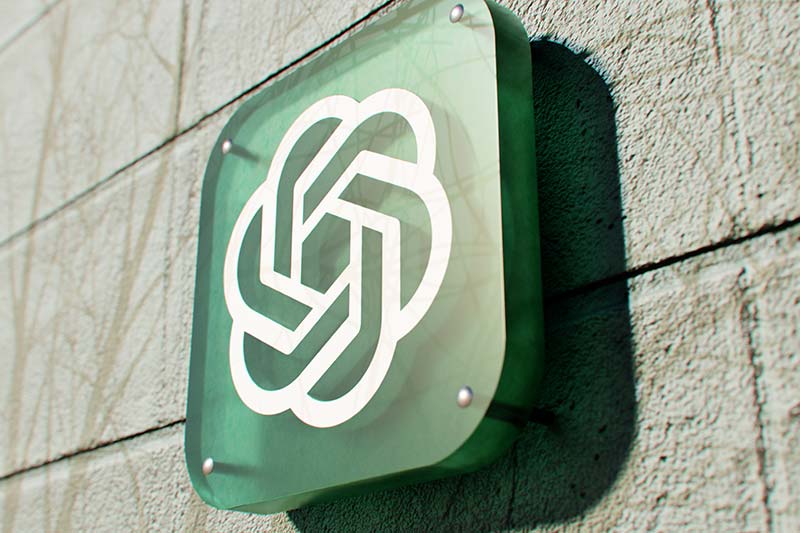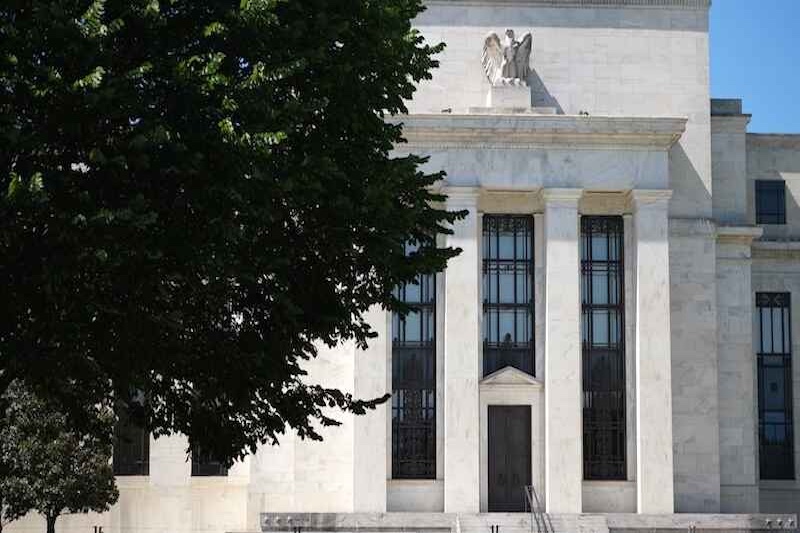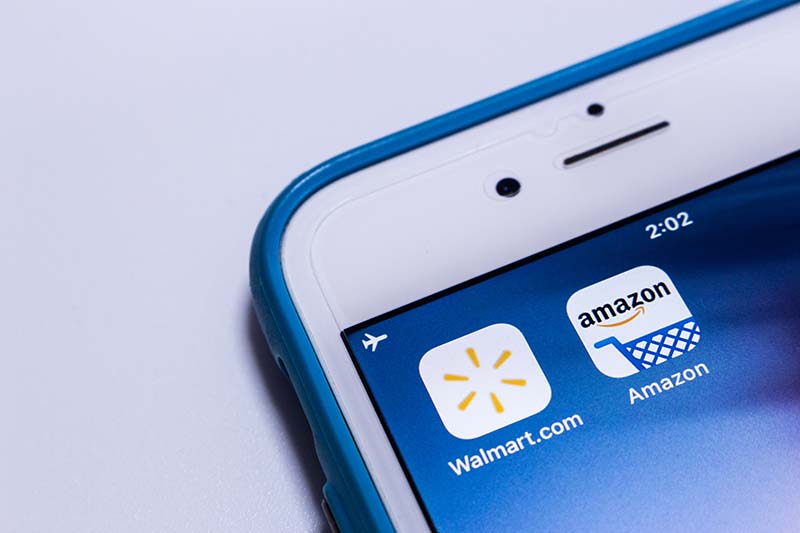Dealmaker’s Diary: The 12-Month Money Move That Could Double Your Portfolio
Alpesh Patel|April 3, 2025

Liberation Day has come and gone… and the markets are processing Trump’s tariff plan.
While I’m convinced it will be a win-win – either countries will reduce their tariffs on our goods or more revenue will come into the U.S…
It’s not easy to look at the sea of red in the markets today.
It’s too early to know the full impact of this tariff war… which is why all investors need to stick to their strategies and not panic.
So today, I want to share the 12-month strategy that’s worked out quite well for me and my clients.
Back in 1960, institutional funds held stocks for an average of 7.5 years.
These days, most dump them within 12 months.
When the big players cycle through positions this quickly, they create pricing inefficiencies we can exploit.
Think about it: if institutions hold for just 12 months, they’re making decisions based on 12-month projections.
They don’t care what happens in year three or four. They’ll be long gone.
Our testing confirms it.
By aligning our strategy with this 12-month institutional timeline, our model portfolios have generated 27% average annual returns since 2018.
That’s double your money – minimum – in periods when others struggled.
While your neighbor holds deteriorating positions for decades, we’re moving with the smart money’s timeline.
It’s not about being impatient.
It’s about understanding the game that’s actually being played.
Click on the image below to watch.
Transcript:
Hi, friends.
I’ve got a slightly different Dealmaker Diary for you this time.
Something educational but incredibly important. It will help you understand why we do things the way we do.
Let’s start with a question: Why do we focus on a 12-month outlook?
We could use a three to five-year outlook, and I’ve created some model portfolios where we see what would have happened if we held stocks that long.
We’ll look at that in the future and explain the differences.
But for now, let’s focus on the 12-month outlook.
One of the key reasons why a 12-month is increasingly important is shown in the chart below:

I received this many years ago when I had lunch with Jim O’Neil, then the chairman of Goldman Sachs Wealth Management, now Lord Jim O’Neil.
His team’s presentation showed that institutional equity holding periods have shrunk over the years to just 12 months.
That could be because there’s more information available.
You can imagine in the 1950s going for a lazy lunch to discuss stocks, then going back to the office, waiting two weeks before you place some buy or sell orders and nothing much happened.
There was no Internet. There were barely any phone calls, let alone fax machines or anything like that, to communicate your thoughts.
Now, of course, communication speed is much more rapid. The world is interconnected. Markets seem to be more reactive. Plus, we have more choices where to put money.
That’s why the current quarter’s earnings are not as relevant as they would have been, say, 30-odd years ago, looking out five years.
Today, this quarter’s earnings are relevant until the next quarter or maybe the quarter after that.
You always have fresh information that is constantly updated.
Therefore, that is one reason why institutional holding periods may have shortened.
Whatever the reason is, we are where we are. If the institutions are looking at 12 months, we’d better start looking at twelve months.
That’s one key reason why.
However, as I’ve said, there are companies where we’ve modeled and looked at what would have happened if we held for longer periods.
In actuality, it’s not that bad had we done that. But as I said, we’ll discuss that in the future.
For the moment, the focus remains twelve months.
Let’s look at the other reasons why we focus on 12 months.

We looked at some of these model portfolios and shares that had beaten the S&P 500 last year over the last five years.
These models:
- Doubled our money at minimum
- Had volatility equivalent to the S&P 500
- Higher average returns relative to the downside risk
- Outperformed the S&P 500 in a year like 2022 when the S&P 500 fell
We found we could generate model portfolios of 27% average annual returns since 2018.
Drawdowns of 27% were a bit more peak to trough than the S&P 500 but still comparable.
You can see some pretty good returns.
Also, we were right more often than we were wrong.
This is just if you bought and held those shares since 2018.
So, there is a case where you could do longer than 12 months.
We have tested that and will share some of our research on it.
And here’s an example.

This is a model portfolio with simple allocations. We’re not curve fitting or trying to fit history to what happened.

This gives you a detailed breakdown of what returns are generated and how.
So, yes, you could have held longer than 12 months and still gotten good returns.
I wanted to share this information with you so you can say yes. There are alternatives. We tend to look at 12 months.
Now, you’re not going to believe this, but we’ve actually got better model portfolios than this that we’re trialing.
So stick with us, okay?
What’s coming out in GVI Investor and Manward Press will be even better.
Think of this as the laboratory and me as the white-coated professor, as it were.
We’ve got some really good stuff coming your way. And I just wanted to explain that.
We can play around with ingredients and create some really crazy stuff for you.
Anyway, thank you very much. I hope that’s whetted your appetite.
Thank you.

Alpesh Patel
Alpesh Patel is an award-winning hedge fund and private equity fund manager, international best-selling author, entrepreneur and Dealmaker. He is the Founder and CEO of Praefinium Partners and is a Financial Times Top FTSE 100 forecaster. As a senior-most Dealmaker in the U.K.’s Department for International Trade, he is part of a team that has helped deliver $1 billion of investment to the U.K. since 2005 . He’s also a former Council Member of the 100-year-old Chatham House, the foreign affairs think-tank, whose patron is Queen Elizabeth. For his services to the U.K. economy, Alpesh received the Order of the British Empire (OBE) from the Queen in 2020. As a recognized authority on fintech, online trading and venture capital, his past and current client list includes American Express, Merrill Lynch HSBC, Charles Schwab, Goldman Sachs, Barclays, TD Bank, NYSE Life… and more.



